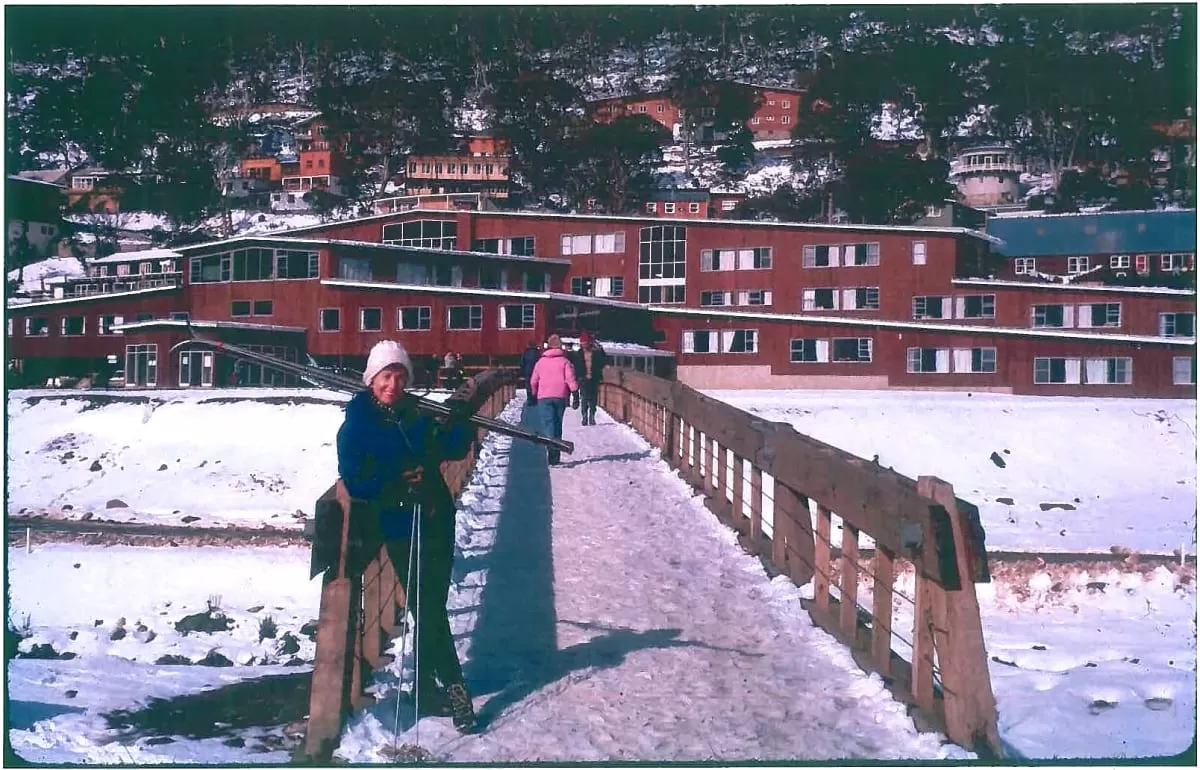60 Years of Soirees: Thredbo Alpine Hotel - Snow News
In the heart of Thredbo's Alpine Village, a legacy of sophistication and celebration unfolds within the hallowed walls of the Thredbo Alpine Hotel. Over six decades, this iconic institution has evolved beyond its architectural prowess - it has become a curator of heritage, where elegance and revelry converge to create unforgettable soirees. IN 1955 Tony Sponar envisioned transforming the mountains into a skiing haven and by 1956, Thredbo had blossomed into a skier’s dream with inaugural chairlifts and lodges being installed. The year 1957 marked a pivotal moment as Kosciusko Chair Lift and Thredbo Motel Syndicate secured a lease from the NSW Minister for Lands, granting rights for Thredbo's development. That same year chairlifts turned for the first time in Thredbo. During this period, the syndicate sourced materials to construct accommodations, ultimately creating what we now recognise as the Thredbo Alpine Hotel. Seeking materials that were known to withstand an alpine environment they purchased some huts from the Snowy Mountains Authority. These huts, imported from Norway had served as a shelter for the German Luftwaffe during World War II. One hut became Roslyn Lodge, another a basis for Ramshead Ski Club, and the final four huts were reconstructed to create ‘The Lodge’ which is better known today as Thredbo Alpine Hotel. The late 1950s marked the hotel's initial habitation, with Tony and Lizi Sponar, along with their daughter Louise, making "The Lodge" their family home. The early 1960s witnessed the hotel's first expansion phase, led by architect Peter Storey. Accompanying him was Albert van der Lee, the engineer behind the Sydney Opera House who also became Thredbo resort manager. On May 31, 1963, the transformed lodging was unveiled as the "Coach House Inn,". The renovations included the addition of the iconic staircase running from Keller Concourse up to Schuss Bar. The design of the banisters was crafted to have pairs of skis slotted into them. Nobody anticipated snowboards in this era. The subsequent year witnessed the addition of the signature stone retaining wall framing the Coach House Inn, built with rocks collected by Cees Koeman from the nearby river at Friday Flat.

6

0
